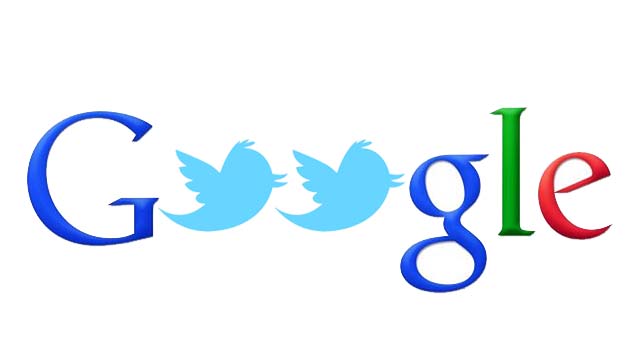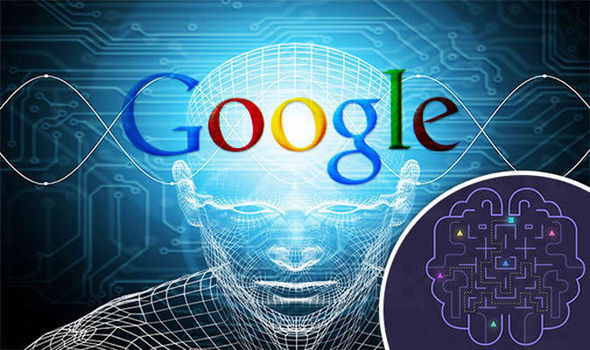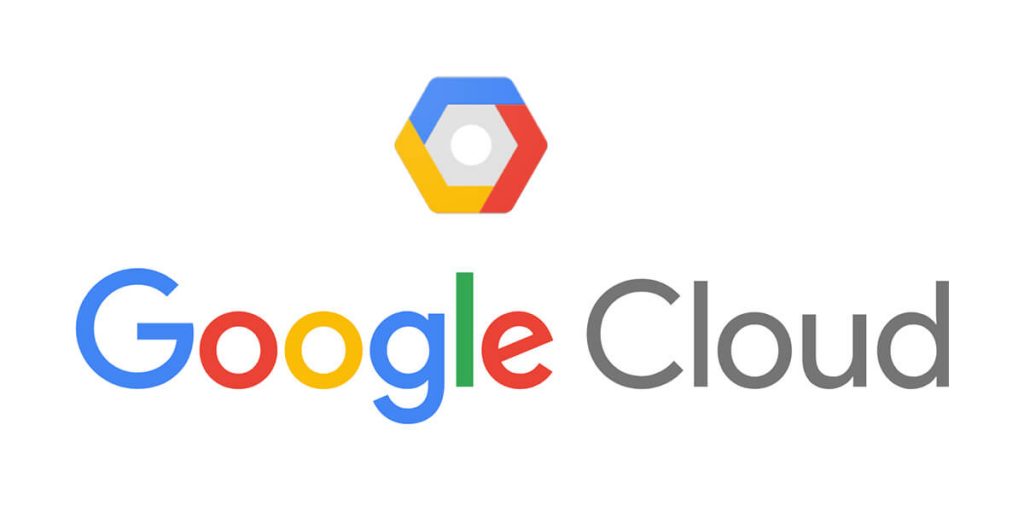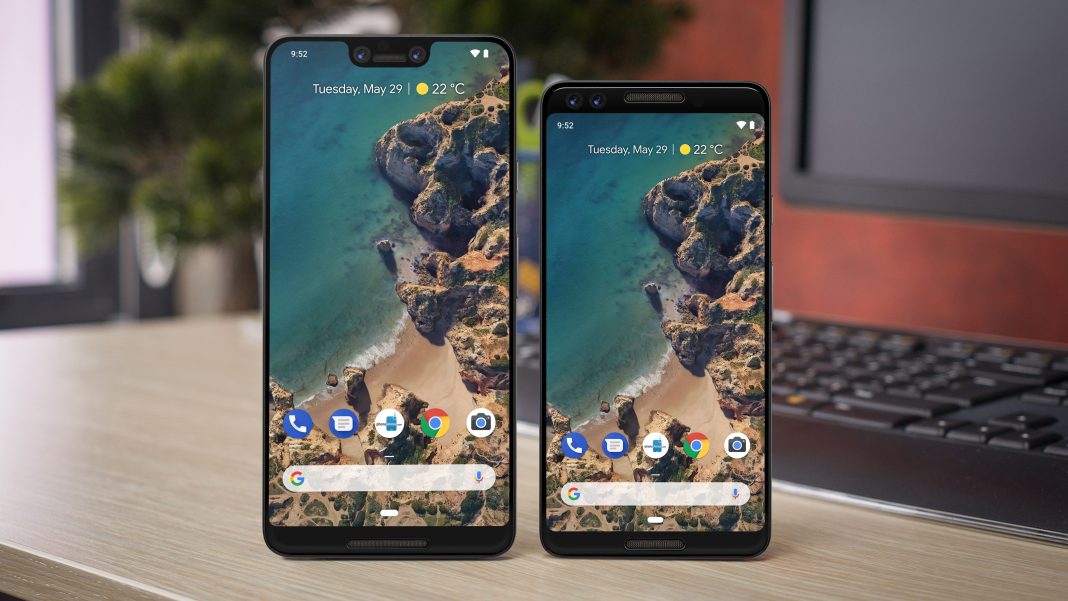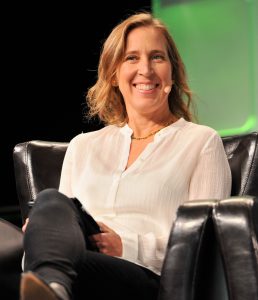Don Valentine : The Legendary Venture Capitalist of the Silicon Valley
A start-up always is an unpredictable and a doubtful move for any of the founders as well as its investors. But taking risks is the key to innovations. To attract the investors the founders must have a convincing idea and a self-belief so that the investors can also trust them. Donald T. Valentine is one of the biggest venture capitalists in Silicon Valley, and the founder of Sequoia Capital, who has been the investor for various new ideas, resulting in the foundation of many famous multi-billion companies. According to Don, the start-ups are compelling, as the survival is the prime motivation for the people who are behind it.
Early Life
Donald T. Valentine spent his childhood in the suburbs of New York. He was born on 26 June 1932, in Yonkers, New York. His father was a minor official in labour unions in the Teamsters and worked all his life to earn his living. Donald joined a nearby Catholic school at the Fordham University, and himself is a Catholic. After completing the school, he entered the same university to pursue an undergraduate degree in Arts.
Founding Sequoia
In the early 50’s, Don got a chance to work for the military and was moved to California for some time. There he came to know the very first time that there are also some places in the world, where it did not snow. He liked the fact so much that he decided to move to such a place. After he was back in New York, he joined the Sylvania Electric, where he worked at various different projects. The company was the manufacturer of the cathode-ray tubes, semiconductor, and the vacuum tubes. Just after some time of working in the company, he was promoted to the sales engineering department and was transferred to California, the place, where he always intended to be.
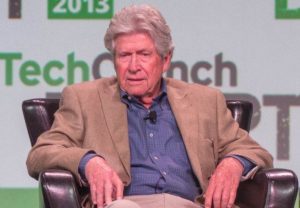
In California, Valentine was introduced to a bigger industry and was convinced that there is much more than vacuum tubes, and the future is all about the semiconductor. In 1959, he joined the start-up company, Fairchild Semiconductor, in Los Angeles, as one of the first West Coast salesmen of the company. After working in Fairchild for seven years, he left the company and subsequently, switched between almost ten other companies, before joining the National Semiconductor, as the senior sales and marketing executive, in 1967.
Valentine founded a venture capital firm Sequoia Capital, in 1972. The company was focussed on the investments to small, risky tech companies. The firm’s first investment was to the startup company Atari (1975). Sequoia has financed probably six hundred different companies, including LSI Logic, Oracle Corporation, Cisco, Electronic Arts, Google, YouTube, etc.
Don has served as a member of the boards of dozens of those companies, for a long time. Also, Sequoia was one of the original investors of Apple Computer. Valentine met Steve Jobs when he was a line engineer at Atari and financed Apple Inc., with $150,000 as its capital investment, in 1978. He is the former Chairman of NetApp and Traiana. He was featured in the 2011’s documentary film Something Ventured. He has also been called the “grandfather of Silicon Valley venture capital”.

Yashica is a Software Engineer turned Content Writer, who loves to write on social causes and expertise in writing technical stuff. She loves to watch movies and explore new places. She believes that you need to live once before you die. So experimenting with her life and career choices, she is trying to live her life to the fullest.
